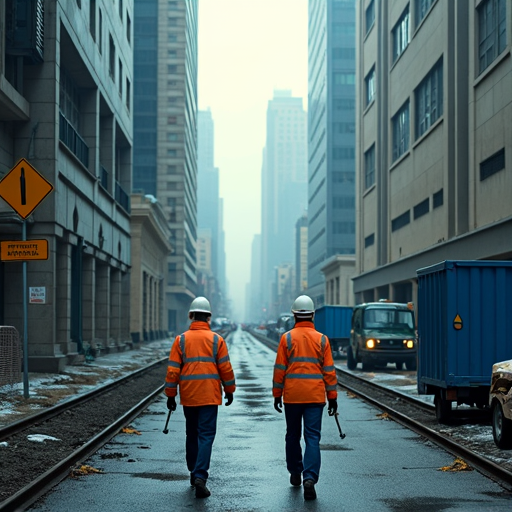
The Rise of Digital Twins in Infrastructure
Digital twins, virtual replicas of physical systems, are revolutionizing how cities manage critical infrastructure like bridges, tunnels, and utilities. By simulating real-world conditions, these digital models can predict failures before they occur, potentially saving lives and billions in repair costs.
How Digital Twins Work
A digital twin is a dynamic, real-time model that mirrors its physical counterpart. It integrates data from sensors, historical records, and environmental factors to simulate behavior under various conditions. For example, a digital twin of a bridge can analyze stress points, corrosion levels, and traffic loads to predict when maintenance is needed.
Applications in Disaster Prevention
Cities worldwide are adopting digital twins to mitigate risks. In Singapore, the Smart Nation initiative uses digital twins to monitor aging infrastructure. Similarly, Los Angeles employs them to simulate earthquake impacts on its water supply network. These tools enable proactive repairs, reducing the likelihood of catastrophic failures.
Challenges and Future Prospects
Despite their potential, digital twins face hurdles like high implementation costs and data privacy concerns. However, advancements in AI and IoT are making them more accessible. Experts predict that by 2030, digital twins will be standard in urban planning, ensuring safer, more resilient cities.
